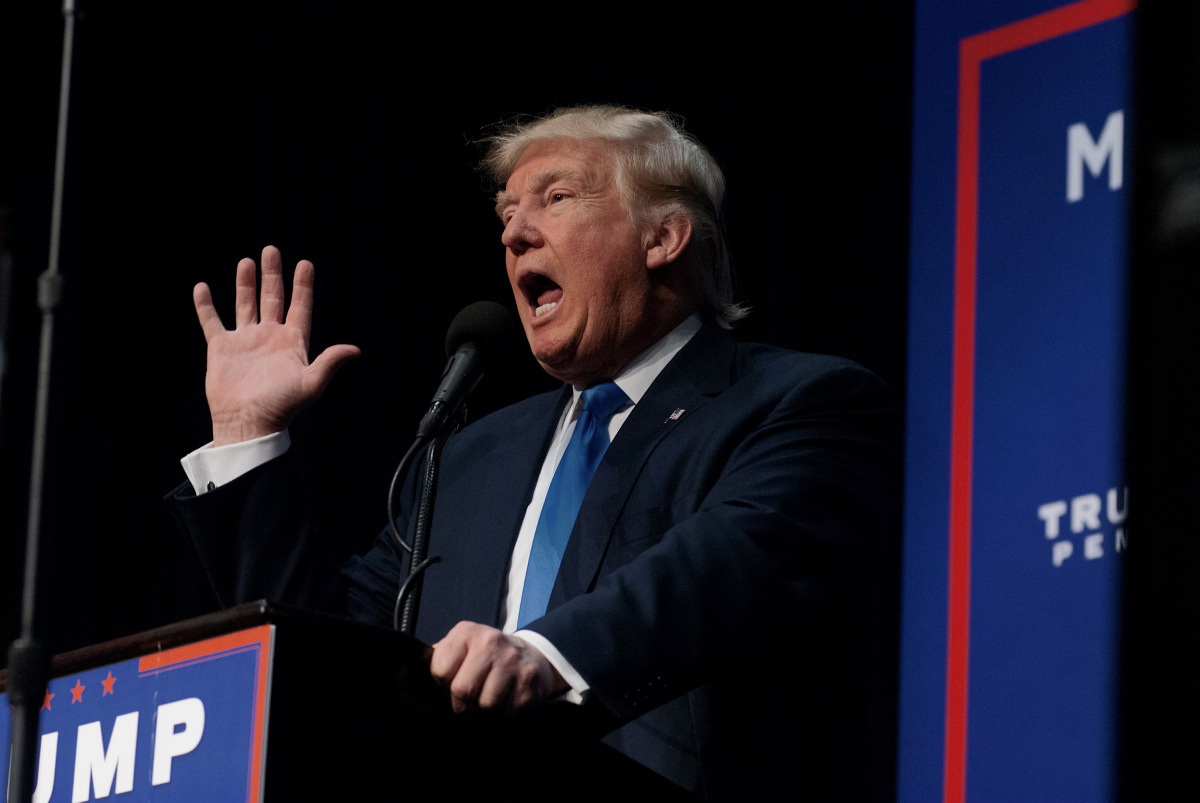
The art of predicting a recession has grown more difficult in recent years, thanks in part to unprecedented policy interventions since the 2008 financial crisis, frequent data revisions, and asymmetric shocks like pandemic lockdowns, war, and supply chain turmoil.
Yet according to Bravos Research, one indicator has maintained a perfect track record for calling major recessions since 1980, and it just flashed red again.
The indicator is the percentage of Americans who expect fewer jobs in the next six months - a metric embedded in the Conference Board’s consumer confidence survey.
As of May, that figure has climbed to 30%.
“Every single time this survey has printed above 30%, a recession either began shortly after or was already underway,” Bravos Research noted.
Every major US recession since 1980 was preceded by this signal
undefined Bravos Research (@bravosresearch) July 4, 2025
And it has just triggered once again
Buckle up.
A thread 🧵 pic.twitter.com/frCge5peII
A recession call may sound implausible today, with the unemployment rate at 4.1%, well within the Fed’s definition of full employment.
However, after analyzing job openings, Bravos Research concluded that while the labor market isn’t in crisis yet, it’s “close enough to be vulnerable if new shocks hit.”
Many economists worry that such a shock could come from Trump’s proposed tariffs, which they see as a de facto tax on businesses, forcing companies to either absorb higher costs or pass them on to consumers.
Ultimately, Bravos Research expects America’s full-employment picture to erode, but not within the next six months, despite what the survey suggests.In the meantime, economists and investors are hoping for a lasting resolution to the trade war.
Trump’s tariff deadline looms again
On April 9, just a week after shocking markets with his so-called “Liberation Day” tariff plan, President Trump gave America’s trading partners three months to negotiate new trade deals, or face tougher reciprocal tariffs.
With that three-month window now closing, Trump told reporters on Friday he plans to send tariff notices to 12 countries in the coming days, with most of the new measures set to take effect on Aug. 1.
Washington’s talks have hit snags with several nations and blocs, chief among them the European Union.
European Commission President Ursula von der Leyen said the EU is aiming for “an agreement in principle,” signaling that a full trade deal is unlikely anytime soon.
This was echoed by U.S. Treasury Secretary Scott Bessent, who told CNBC, “We’ll see what we can do with the European Union.”
Trade uncertainty weighed on the U.S. economy in the first quarter, leading to its first contraction since 2022. However, the economy now appears on track for a strong rebound in the second quarter, according to the Atlanta Fed’s GDP tracker.
Your email address will not be published. Required fields are markedmarked